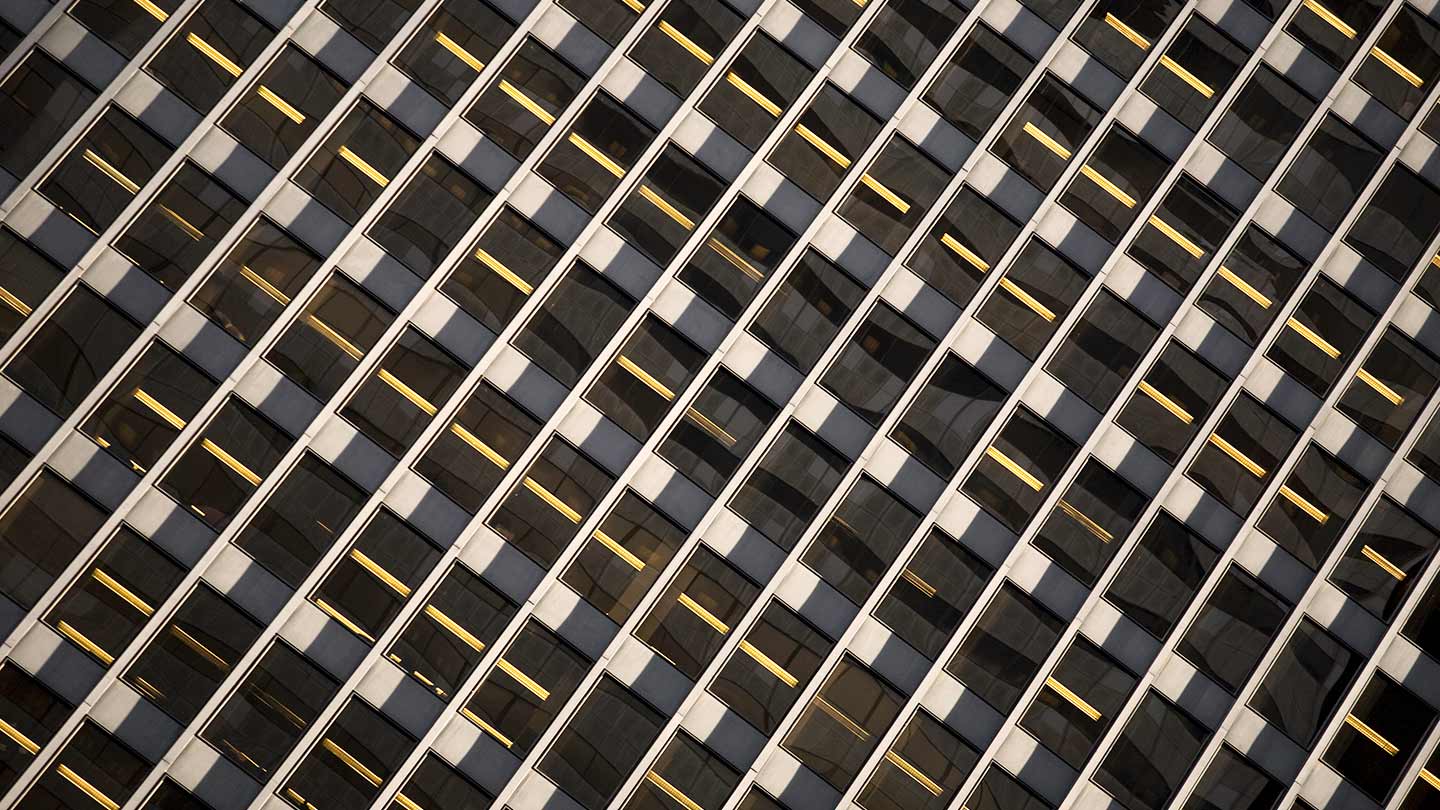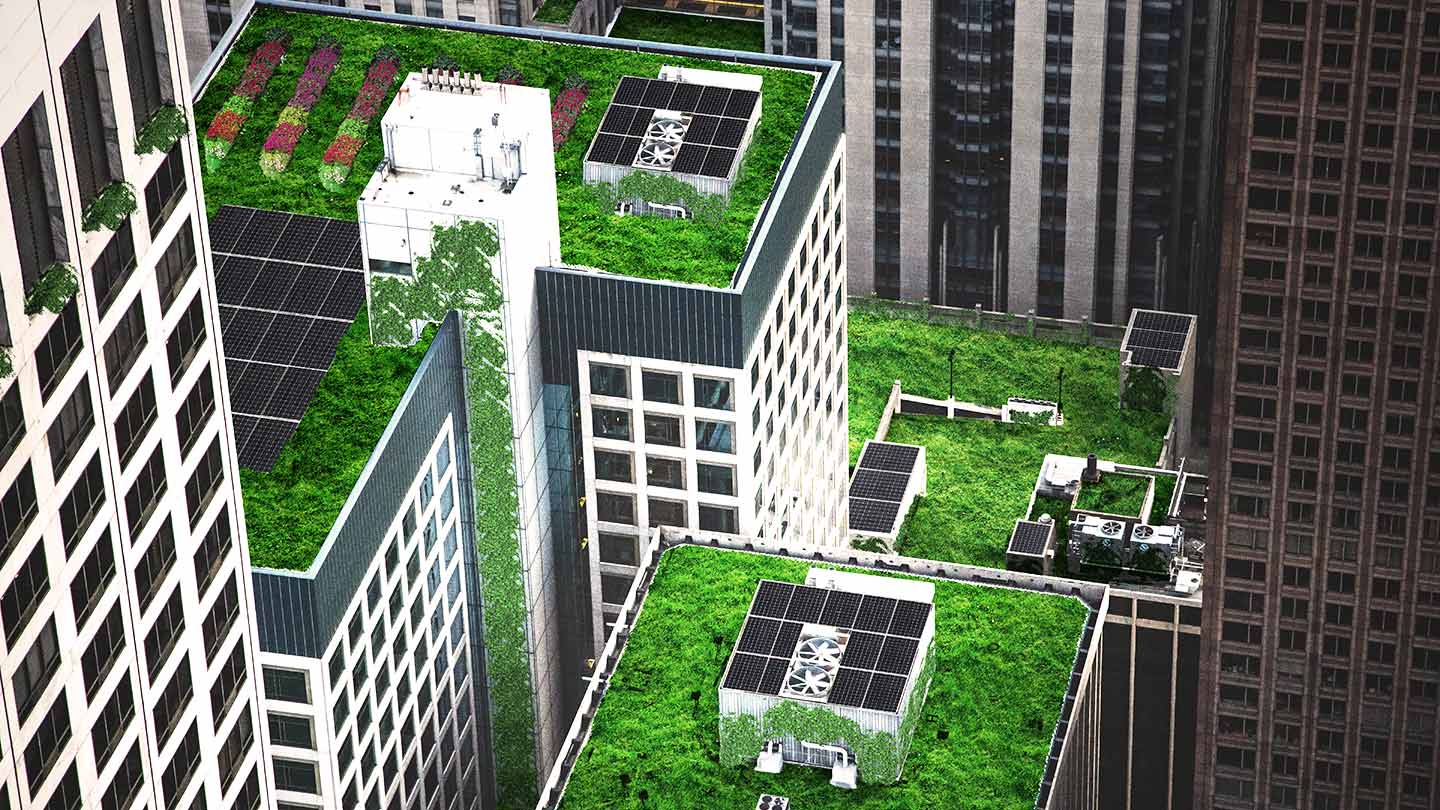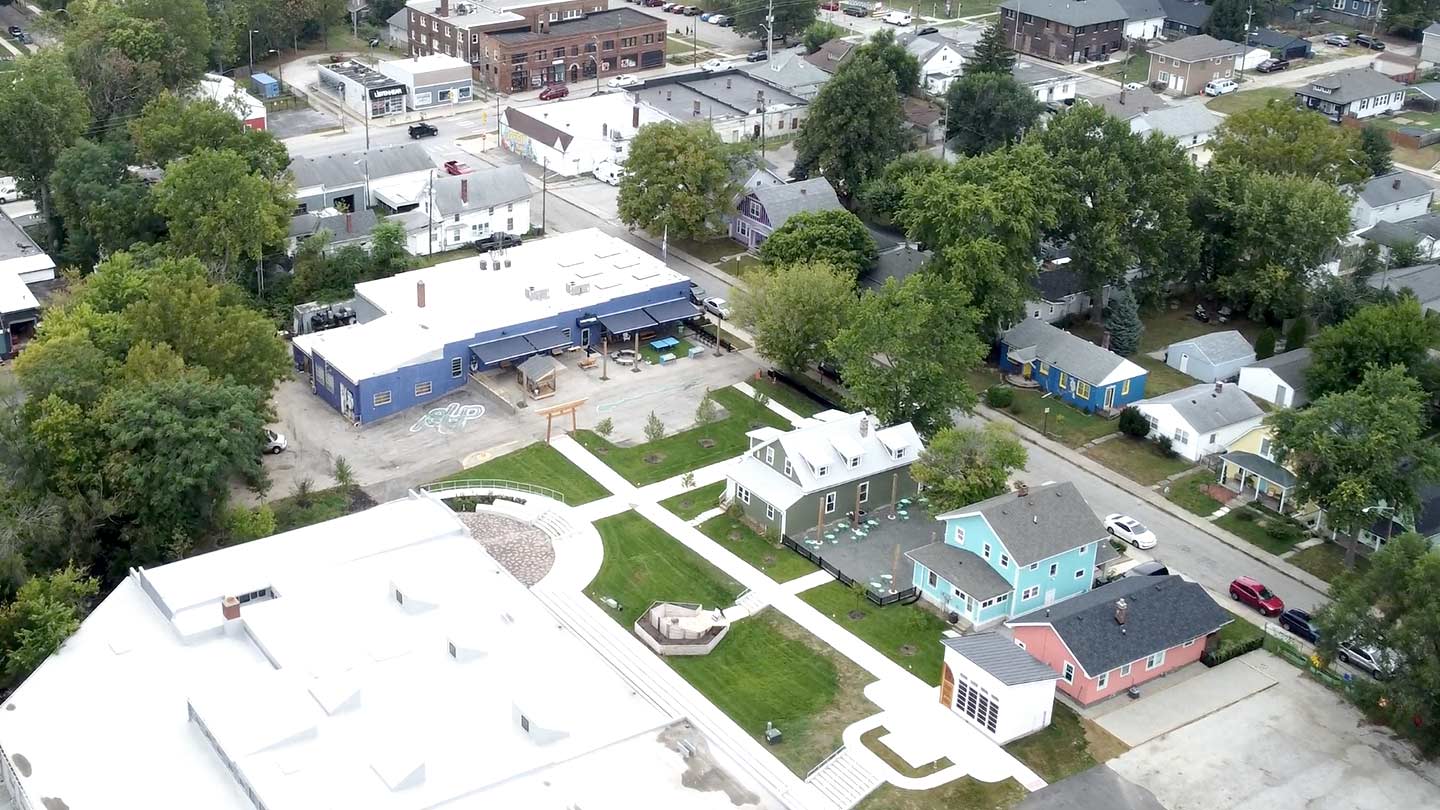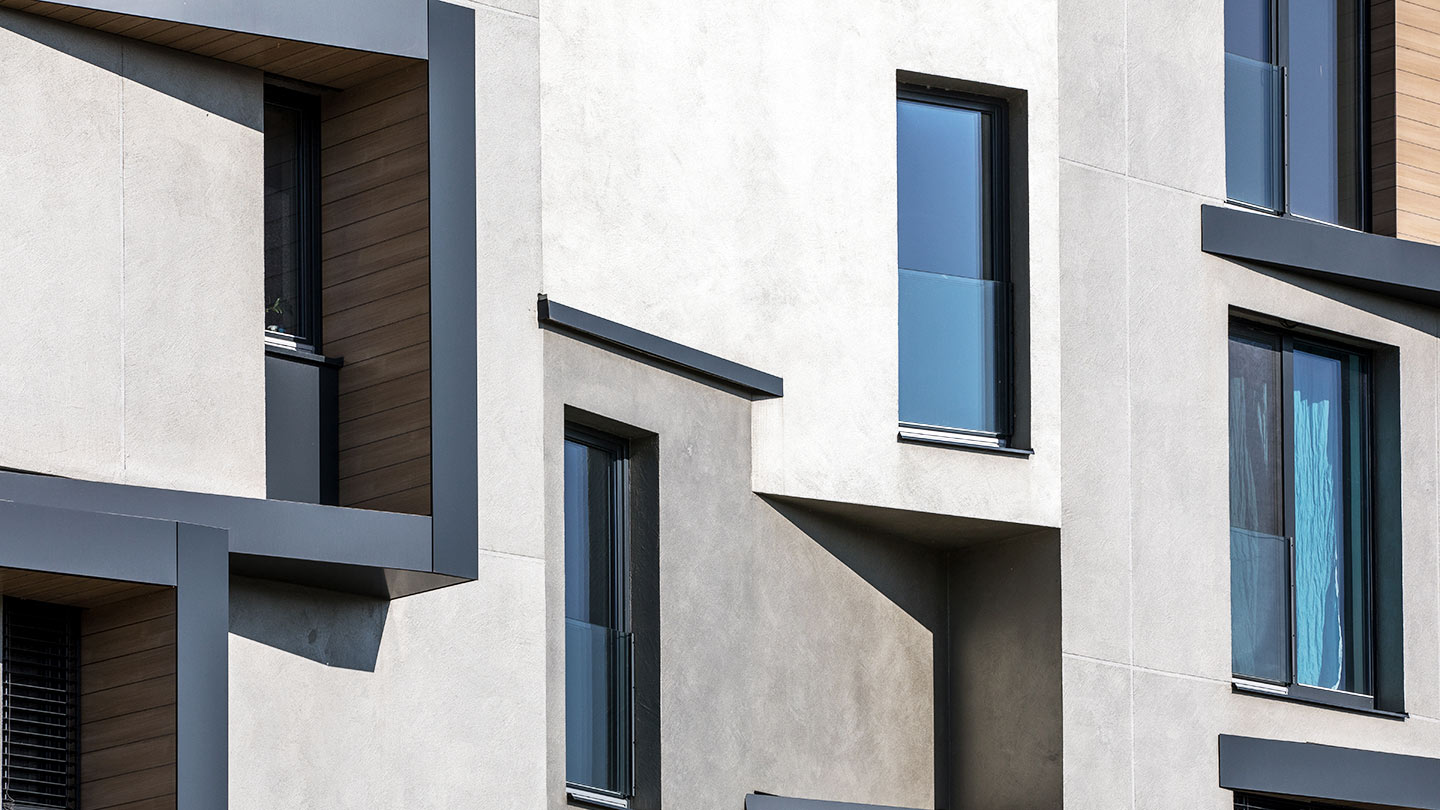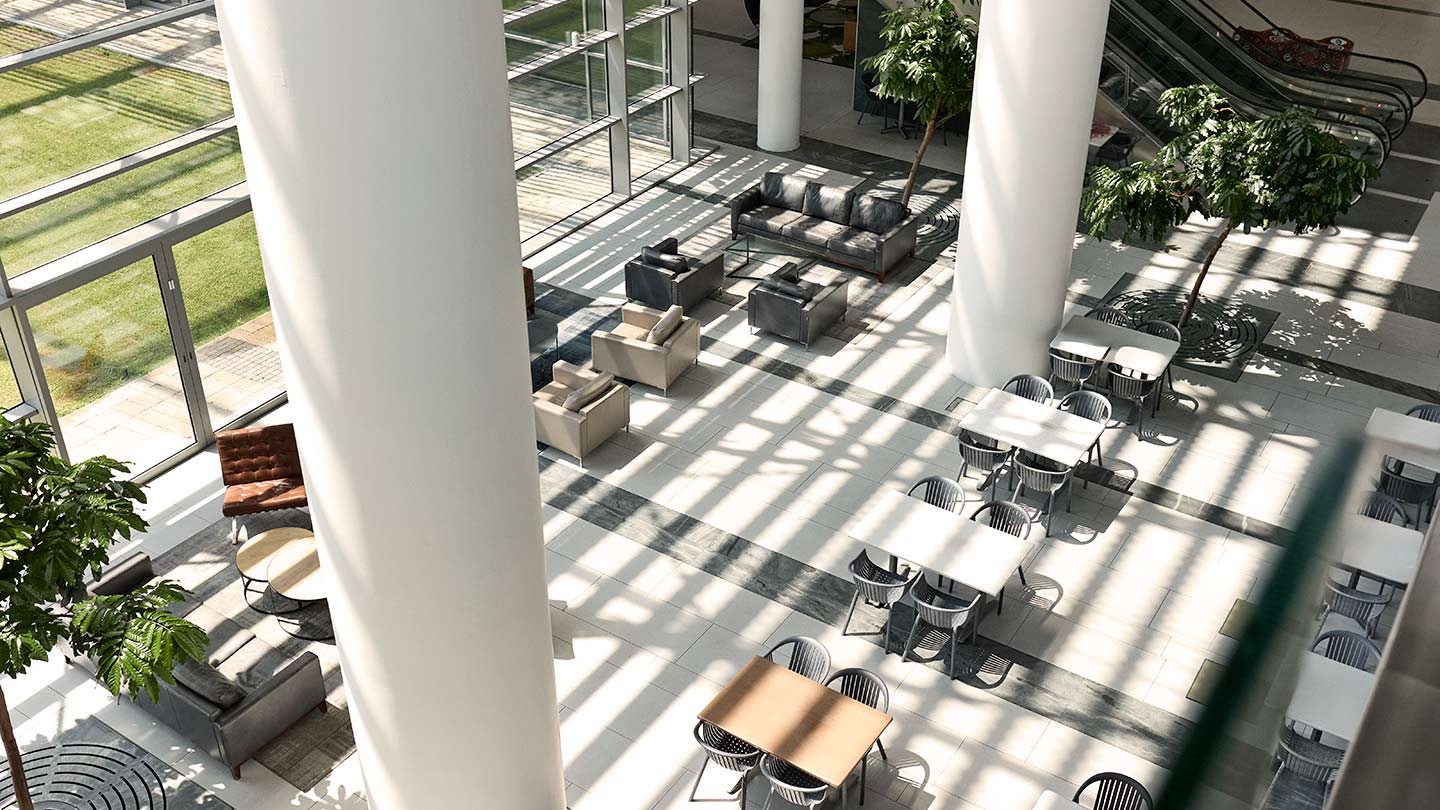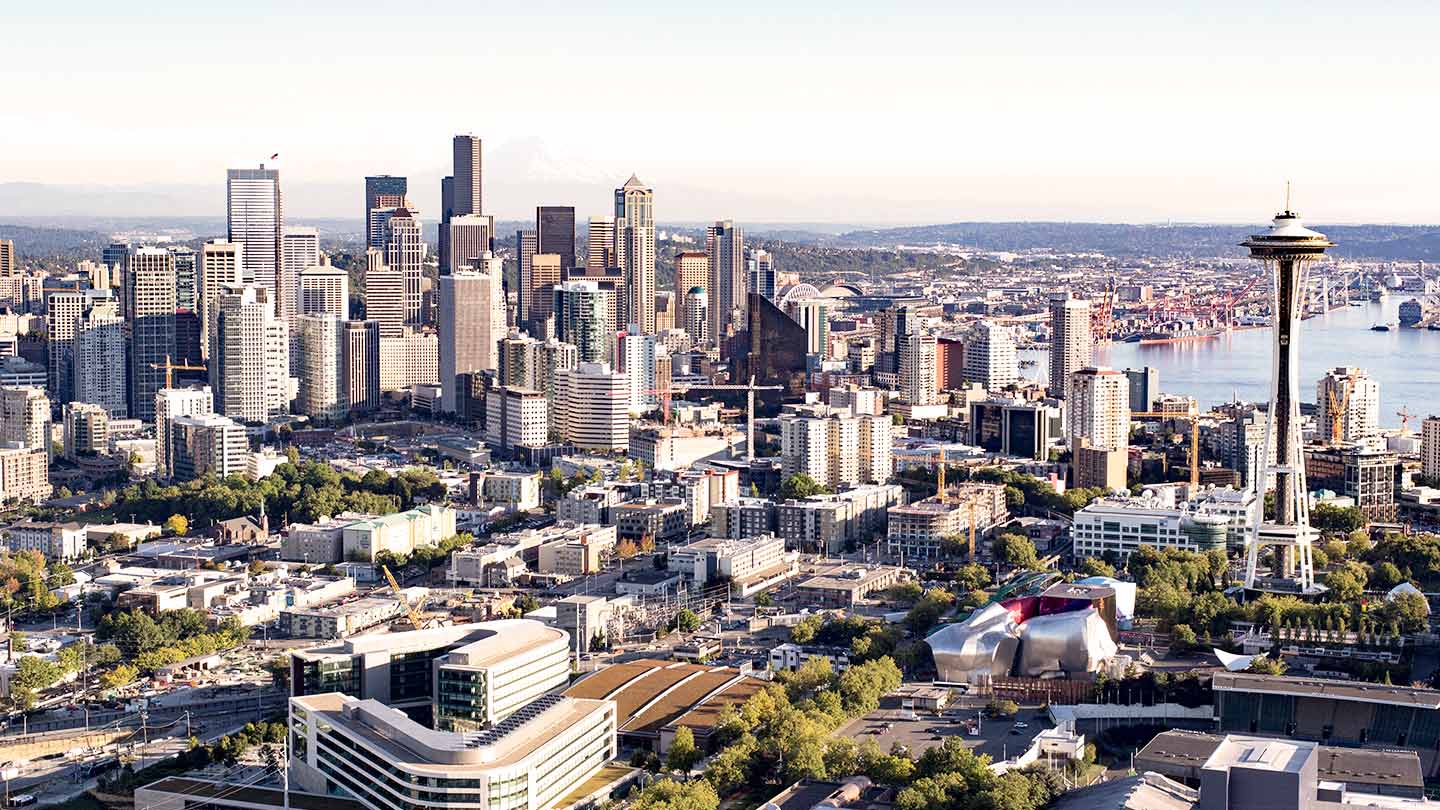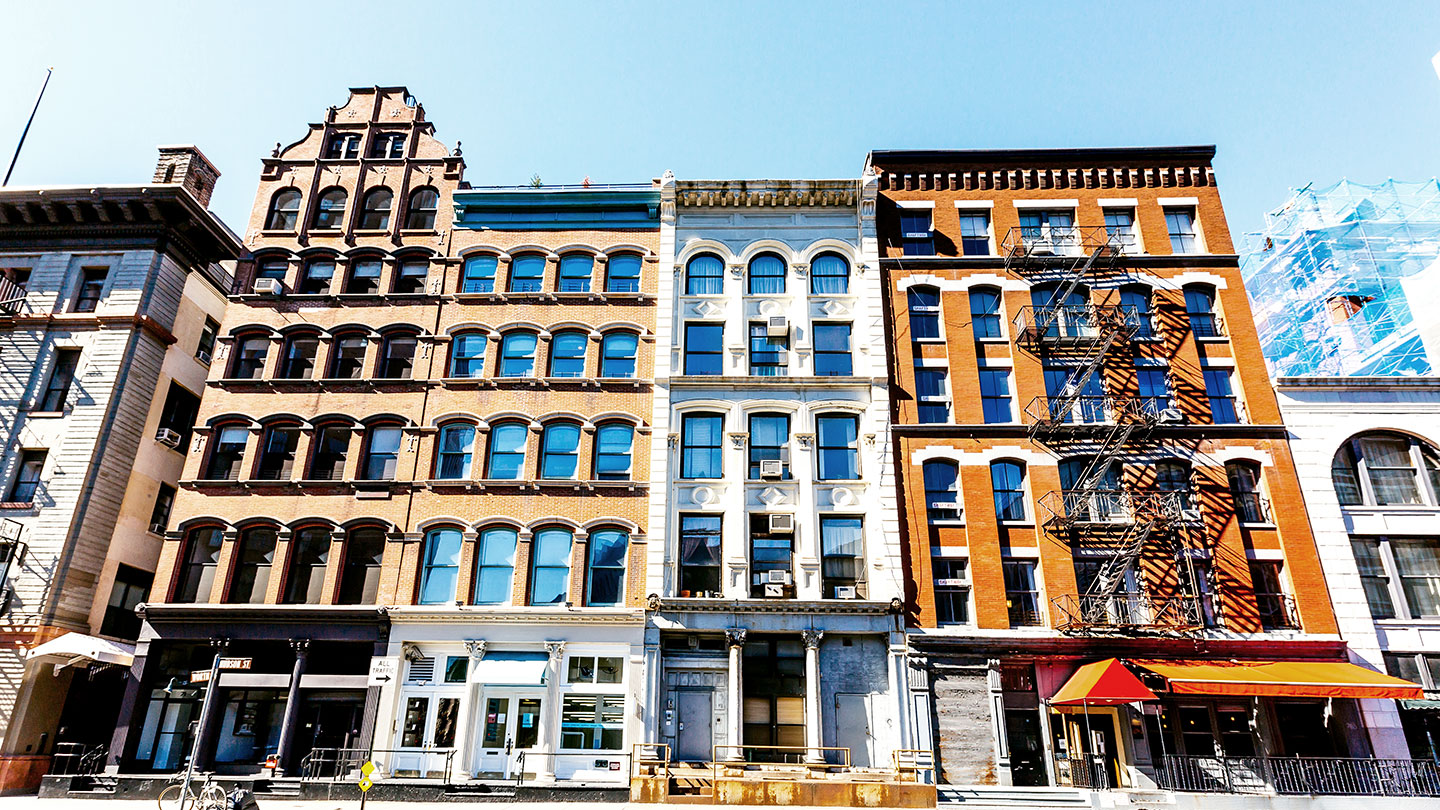
4 min read
Convenience is king in commercial real estate. From smart buildings that automatically adjust room temperature to same-day e-commerce delivery, consumers want everything on demand. While mixed-use properties aren’t new, combining two or more asset classes into one building or development has grown more popular in recent years.
“It’s about having easy access to the things that you need in your everyday life,” said Judy Guarino, Managing Director of Commercial Mortgage Lending at JPMorgan Chase. Everyday essentials can include everything from coffee and healthy breakfast options to gyms and medical clinics.
Here are some insights about mixed-use properties and how the office and retail asset classes impact multifamily properties.
Common types of mixed-use developments
There are many types of mixed-use developments, including retail districts, mixed-use hotels and live-work spaces. But before you invest in any mixed-use property, it’s important to understand the relationships between these asset classes.
Our team of experts can help you navigate your local commercial real estate landscape.
Office with multifamily
Employment drives the relationship between office and multifamily asset classes.
“If you need office or industrial space, you're going to pick a market with the best population for your industry,” Guarino said. For example, Washington, D.C., is the epicenter of government and politics, while Hollywood and the film industry go hand in hand.
“When it comes to office, it’s ultimately about the people,” she said. “So the properties are often in the most densely populated areas where there’s multifamily housing.” These areas provide businesses at offices with a larger talent pool and a wider client and prospect base.
Retail with multifamily and office
Proximity to retail is key for residential and office properties.
“In densely populated areas, the retail component with multifamily housing is important,” Guarino said. “Those services are needed—that’s why you have grocery stores, entertainment, drugstores and urgent cares.” Proximity to self-care services—everything from skincare, hair and nail treatments to yoga, rock climbing and cycling—has also become increasingly important in recent years.
Likewise, office workers often run errands on their breaks. It’s important to have nearby retail where workers can eat lunch and shop for everyday items.
Exactly how close these retailers are depends on how the development is built.
Horizontal and vertical mixed-use developments
Mixed-use properties or developments are built either vertically or horizontally:
- Horizontal developments: Similar to strip malls, horizontal mixed-use developments include multiple single-use properties. These buildings usually serve complementary functions and may or may not be connected. For example, B and C class malls can be redeveloped into a group of apartments, offices and retail stores. While horizontal mixed-use developments exist in cities, they’re more common in the suburbs, where there’s more space.
- Vertical buildings: In densely populated areas, space is limited. “In New York City, Seattle and other major cities, you cannot expand out,” Guarino said. “You can only expand up.” That’s where you’ll frequently find vertical mixed-use buildings, which contain different property types within a single structure. For example, multifamily units are often located on a building’s higher floors, with commercial space, such as a coffee shop or gym, on the ground floor.
3 benefits of mixed-use properties
Aside from convenience, mixed-use properties offer commercial real estate owners and investors:
- A diverse market of renters: With multiple asset classes under one roof, mixed-use properties benefit from a broad renter base. Depending on the property types included, renters could include apartment residents, various retailers and office occupants ranging from tech companies to healthcare providers.
- Consistent cash flow: The broad appeal of mixed-use properties can help owners maintain a consistent cash flow. Mixed-use properties also provide a buffer, as the loss of one occupant may have a minimal impact on revenue.
- Sustainability: The density of mixed-use properties can help conserve natural resources and encourage walking, which can reduce—or even eliminate—car use. Green space is frequently part of mixed-use developments too, with many including parks and other outdoor space where renters can exercise and socialize.
The future of mixed-use properties
For years, commercial real estate revolved around city centers. First, the American Industrial Revolution attracted immigrants to cities where they established neighborhoods. As the economy shifted away from factory work, those properties were torn down or used differently.
Williamsburg in Brooklyn and Long Island City in Queens are prime examples. “Those neighborhoods were 100% factory,” Guarino said. “Now it's completely opposite. It's all high-end retail and multifamily rental properties.”
Central business districts may change as well. Instead of being solely office-focused, they could become central social districts where residents live, work and play. Mixed-use properties are key to developing those communities.
Developers are leveraging innovative solutions to transform offices and central business districts. Find out what the future of the office could look like.
-
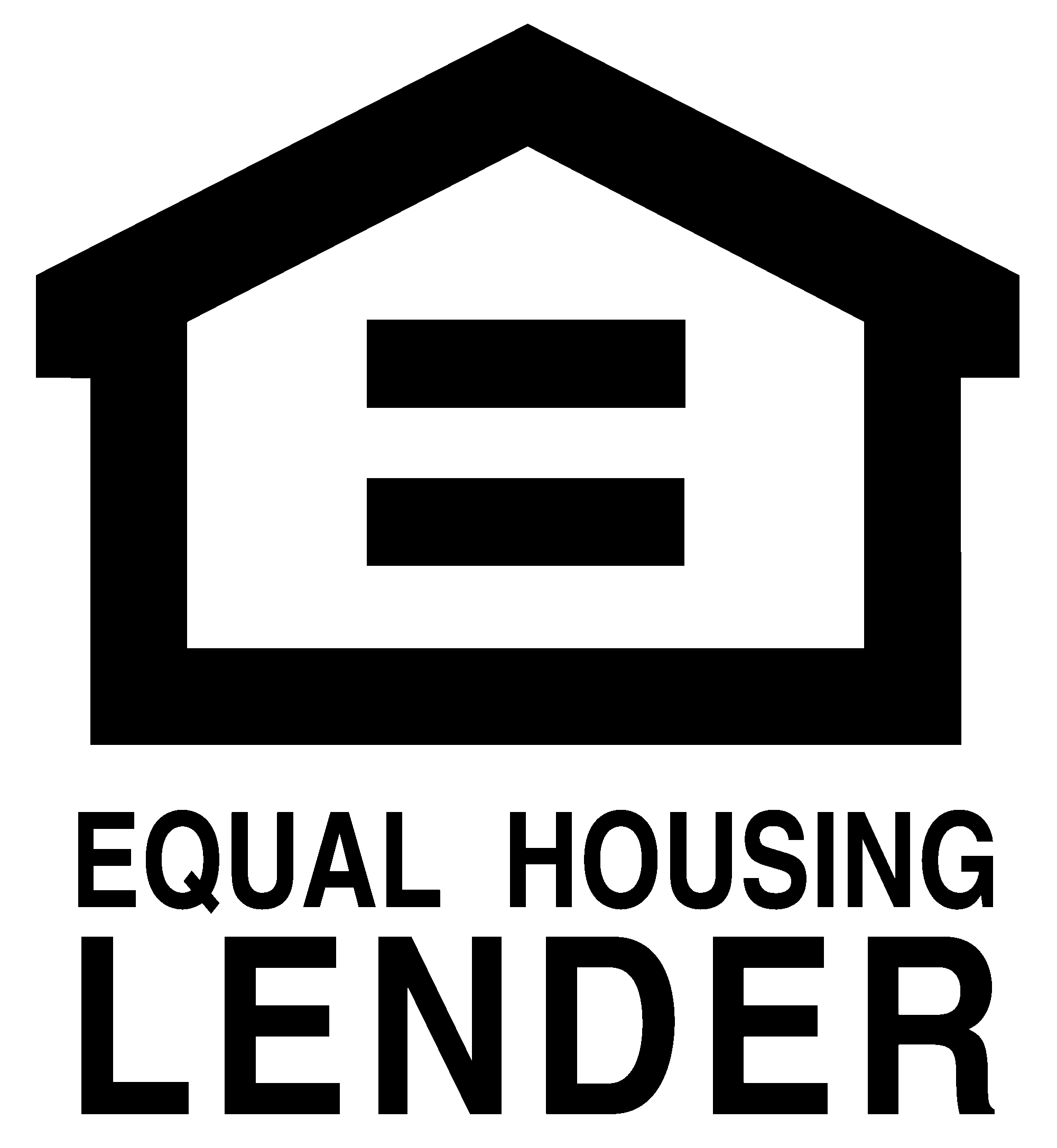
© 2023 JPMorgan Chase & Co. All rights reserved. JPMorgan Chase Bank, N.A. Member FDIC. Visit jpmorgan.com/cb-disclaimer for additional disclosures and disclaimers related to this content.
